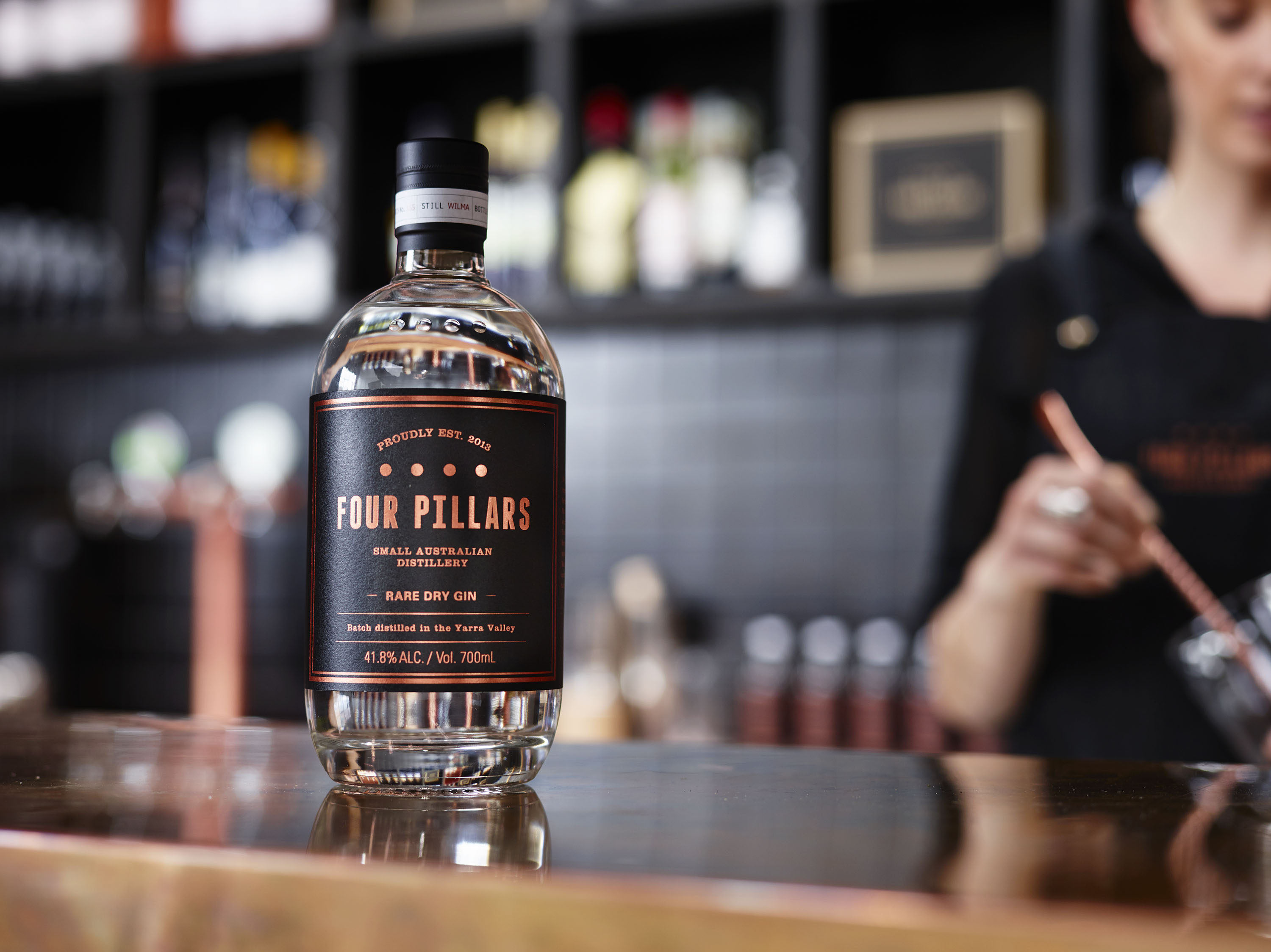
Four Pillars Gin: A Brand Experience To Aspire To
When I saw the list of speakers for the 2020 Enterprise UX Conference, there was one name that confused me a little. Matt Jones, cofounder of Four Pillars – an Australian gin distillery.
What does a gin distillery have to do with experience design?
As it turns out; everything. Four Pillars has one of the best executed brand experiences I’ve seen in a long time.
So to celebrate being proven wrong, here are four of my key takeaways from Matt’s talk, which can be applied to any brand.
1. Brand Is Bias
Buyer behaviour is not as rational as we like to think. The work of behavioural economists like Daniel Kahneman, Richard Thaler and Dan Ariely has made that quite clear.
So what makes someone choose one brand over another?
Biases. When you boil it down, the goal of any brand is to influence their target customers to have a positive bias towards their products.
That’s all it is – communicating with people (directly or indirectly) in a way that makes them more inclined to reach for your offering over a competitor’s.
2. Experiences Build Bias
The term ‘Brand Experience’ is on track to earn a spot in the buzzword hall of fame, but it’s actually quite meaningful when used correctly.
Shiny packaging might get us to buy a product once, but it doesn’t have a lasting effect on our brand preferences by itself. What does affect us is when the expectations set by the packaging are met to the same standard from start to finish. Even better; when something somehow exceeds our expectations. When the brand goes above and beyond to make us feel good.
Every touchpoint we have with the brand, both digital and physical, create experiences that influence how we feel, and ultimately how biased we are towards that brand.
In the words of Matt Jones, “we tell good stories so that customers can tell good stories about what they’ve experienced.”
That’s Brand Experience.
3. Good Experiences Are Sandwiches Or Peacocks
Matt identified two types of experiences, which he calls “Sandwiches and Peacocks”. These have a lot of parallels with Kevin Maney’s factors of ‘convenience and fidelity’ in the book Trade-Off: Why Some Things Catch On And Others Don’t (as cited in Josh Kaufman’s The Personal MBA).
Convenience is about making something quick, reliable, easy and flexible. In the world of pizza, that’s Domino’s. They’re not going to win Michelin stars any time soon, but by god have they made getting pizza a convenient experience.
Fidelity on the other hand is a focus on quality, status, aesthetic appeal and emotional impact. That fancy Italian restaurant down the road also sells pizza, but with a focus on fidelity. No, they can’t get a meatlovers to your door in 15 minutes, but they can treat you to a gourmet meal in a wonderful ambience.
In Matt’s language: Sandwiches are convenient. Peacocks stand out.
To move the dial on brand biases, you need to create these experiences. You need to be shockingly useful or shockingly awesome.
It’s very difficult to optimise for both convenience and fidelity at the same time, so most successful offerings focus on being the most convenient or highest quality of all its competitors.
Four Pillars? They focus on the Peacock.
4. Subtlety And Confidence Make Experiences Memorable
If you slap a logo on everything, it becomes tiresome. Great branding comes from the small details.
Four Pillars is not a particularly astounding name, but the way that Matt and his team have used it to create their unique visual language is a work of art. They have the confidence to use a simple pattern of four whenever they communicate with customers, without being overt and tacky.
Their gin bottles feature four glass dots – a minor detail that delayed production by quite a while, but which pays off by creating recognisability. There’s four viewing windows in the distillery. Four pendant lights. Four dots projected on the doorstep. Their website is divided into four. There are four cocktail recipes for each gin. You get the picture – the metaphor is applied consistently but with subtlety.
Then there are other details, created purely for storytelling. The distillery machines are named after the founders’ mums. They do limited edition Christmas releases distilled from pudding made by their families, with covers designed by local artists. Their website presents the depth of craft and experimentation first, rather than hitting users over the head with a big ‘buy now’ button.
All of these things combine to create memorable customer experiences, which in turn creates positive biases towards Four Pillars.
Four Pillars have entered a cluttered market and risen to the top not just with a quality product, but with a considered, memorable brand experience, consistently applied and well-executed.